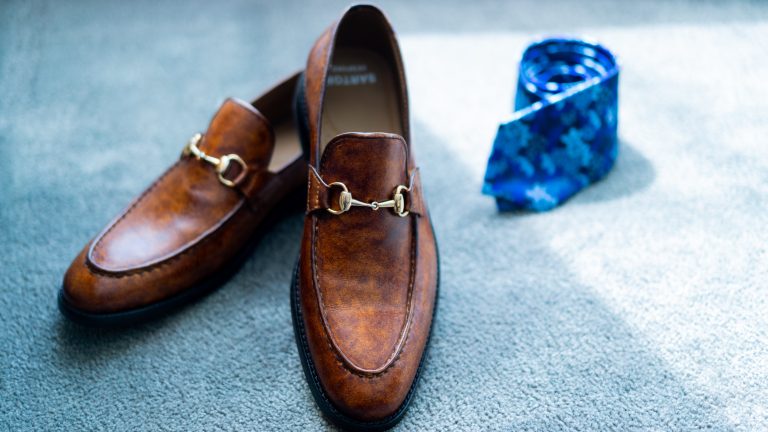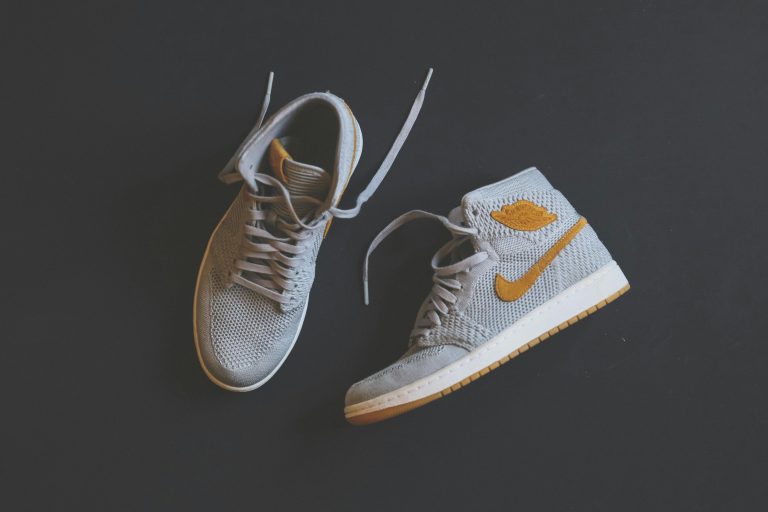Are PVC Shoes Breathable? | 2023
PVC shoes, commonly known for their durability and affordability, have sparked a debate in the footwear industry regarding their breathability. As we delve into the composition, misconceptions, and impact on foot health, this article aims to provide clarity on whether PVC shoes can truly be considered breathable.
Introduction
Definition of PVC Shoes
Polyvinyl chloride, or PVC, is a synthetic plastic polymer widely used in various products, including footwear. PVC shoes have gained popularity due to their water resistance and long-lasting nature.

Importance of Breathability in Footwear
Breathability in shoes is crucial for maintaining foot health. It helps regulate temperature, prevents moisture buildup, and reduces the risk of fungal infections. However, PVC shoes have been questioned for their ability to provide this essential feature.
Composition of PVC Shoes
PVC as the Primary Material
PVC shoes are predominantly made from polyvinyl chloride, a material known for its impermeability. While this characteristic makes them resistant to water, it raises concerns about breathability.
Lack of Natural Breathability
Unlike materials such as leather or mesh, PVC lacks inherent breathability. This raises skepticism about the comfort level for prolonged use, especially in warmer climates.
Common Misconceptions
Confusion with Other Materials
One common misconception is the confusion of PVC shoes with other types that offer better breathability. Understanding the unique properties of PVC is essential to make an informed decision.
Marketing Tactics
Some manufacturers employ marketing strategies that may lead consumers to believe PVC shoes are more breathable than they actually are. It’s crucial to distinguish between marketing claims and the material’s true characteristics.
Factors Affecting Breathability
Ventilation Design
The design of ventilation in PVC shoes plays a pivotal role in determining their breathability. Some designs incorporate perforations or mesh panels to enhance air circulation.
Insole Material
The material used for insoles greatly influences breathability. Many PVC shoes come with insoles made from breathable materials to address comfort concerns.
Lining Technology
Advancements in lining technology have allowed manufacturers to improve the breathability of PVC shoes. Linings with moisture-wicking properties can enhance comfort.
Pros and Cons of PVC Shoes
Durability
PVC shoes are renowned for their durability, making them suitable for various environments. However, this durability may come at the expense of breathability.
Water Resistance
One of the primary advantages of PVC shoes is their water resistance. This feature, while beneficial, contributes to the perception of reduced breathability.
Breathability Concerns
Despite efforts to improve breathability, some PVC shoes may still fall short in providing the level of comfort desired, particularly in hot and humid conditions.
Alternative Materials for Breathable Shoes
Mesh Fabric
Footwear made from mesh fabric offers exceptional breathability. Exploring alternatives like mesh shoes can provide consumers with more breathable options.
Leather
Leather shoes, though not as water-resistant as PVC, excel in breathability. They allow air circulation, making them a preferred choice for those prioritizing comfort.
Innovative Materials
Ongoing research and development have led to the creation of innovative materials that combine durability with enhanced breathability. Exploring these options can revolutionize the market.
Impact on Foot Health
Sweating and Moisture Retention
The lack of breathability in PVC shoes may contribute to increased sweating and moisture retention, potentially leading to discomfort and foot health issues.
Fungal Infections
Inadequate ventilation can create an environment conducive to fungal growth. Users of PVC shoes should be aware of the importance of maintaining foot hygiene.
Odor Issues
Moisture buildup in non-breathable shoes can result in unpleasant odors. Understanding how to mitigate this issue is crucial for users of PVC footwear.
How to Improve PVC Shoe Breathability
Inserting Breathable Insoles
An effective way to enhance the breathability of PVC shoes is by replacing the standard insoles with breathable alternatives.
Using Moisture-Wicking Socks
Choosing moisture-wicking socks can aid in managing sweat and moisture, improving overall comfort in PVC shoes.
Proper Cleaning and Maintenance
Regular cleaning and maintenance of PVC shoes can prevent the buildup of dirt and moisture, contributing to a more breathable experience.
The Evolution of Breathable Footwear
Technological Advancements
As technology continues to advance, the footwear industry is witnessing innovations aimed at improving breathability in various materials, including PVC.
Consumer Preferences
With a growing awareness of the importance of breathability, consumers are increasingly prioritizing shoes that offer a balance between durability and comfort.
Real-World Experiences
Testimonials from Users
Gaining insights from individuals who have used PVC shoes can provide a practical understanding of the breathability and overall satisfaction with the product.
Expert Opinions
Experts in the footwear industry can shed light on the technical aspects of PVC shoes, offering valuable perspectives on breathability and comfort.
Conclusion
In conclusion, the breathability of PVC shoes is a nuanced topic. While the material itself may lack natural breathability, advancements in design and technology have allowed for improvements. Consumers must weigh the pros and cons, considering their specific needs and preferences.
FAQs
Q: Are all PVC shoes non-breathable?
A: While PVC shoes tend to be less breathable than some alternatives, advancements in design and materials have led to more breathable options.
Q: Can PVC shoes be made breathable?
A: Yes, manufacturers can incorporate design elements and materials to enhance the breathability of PVC shoes.
Q: Are breathable insoles effective for PVC shoes?
A: Yes, replacing standard insoles with breathable alternatives can significantly improve the overall breathability of PVC shoes.
Q: How often should PVC shoes be cleaned?
A: Regular cleaning is recommended to prevent the buildup of dirt and moisture, contributing to a more breathable experience.
Q: Are there any breathable PVC shoe brands?
A: Some brands focus on improving the breathability of their PVC shoes. Researching and reading customer reviews can help identify such brands.




Leave a comment